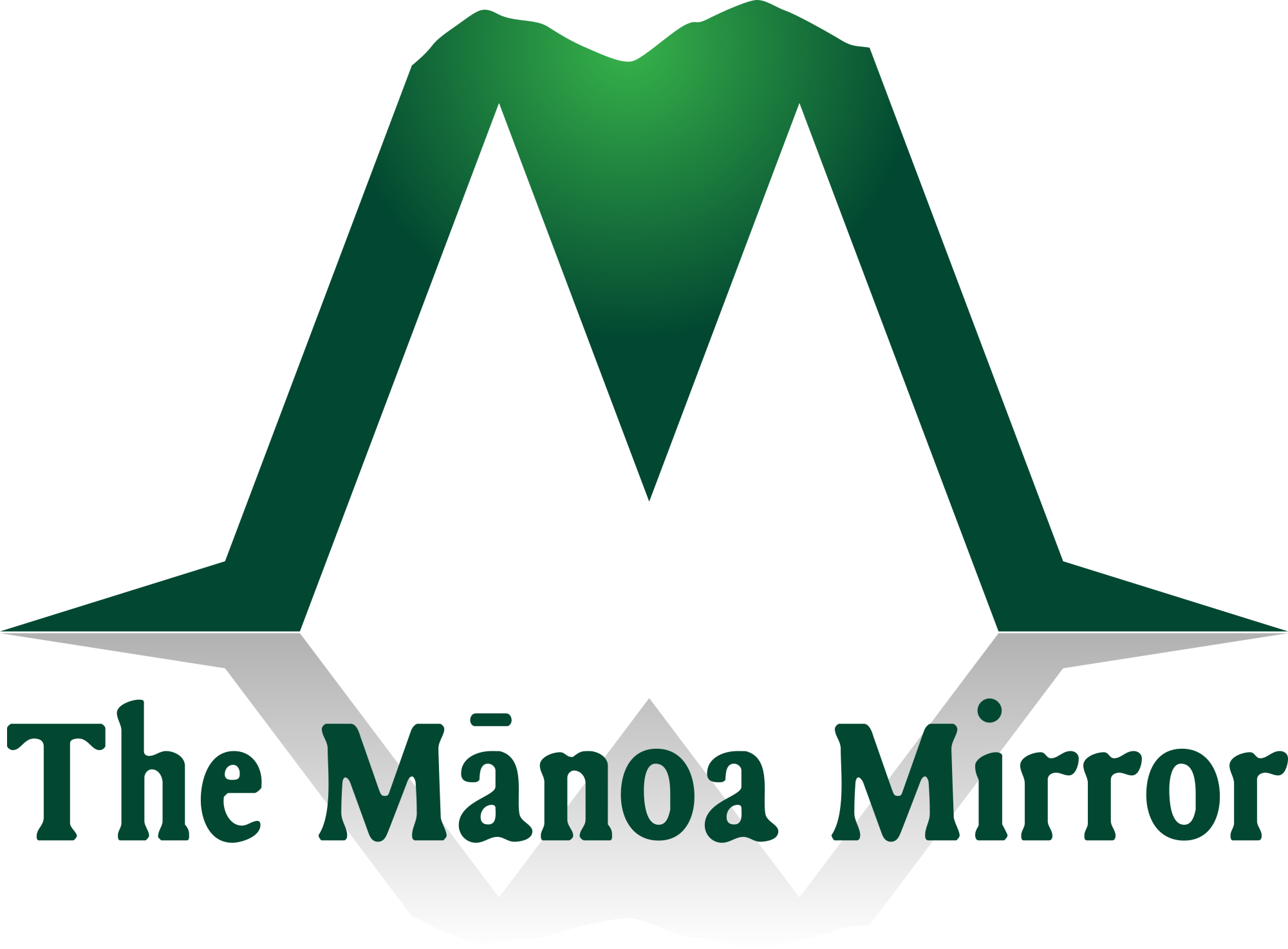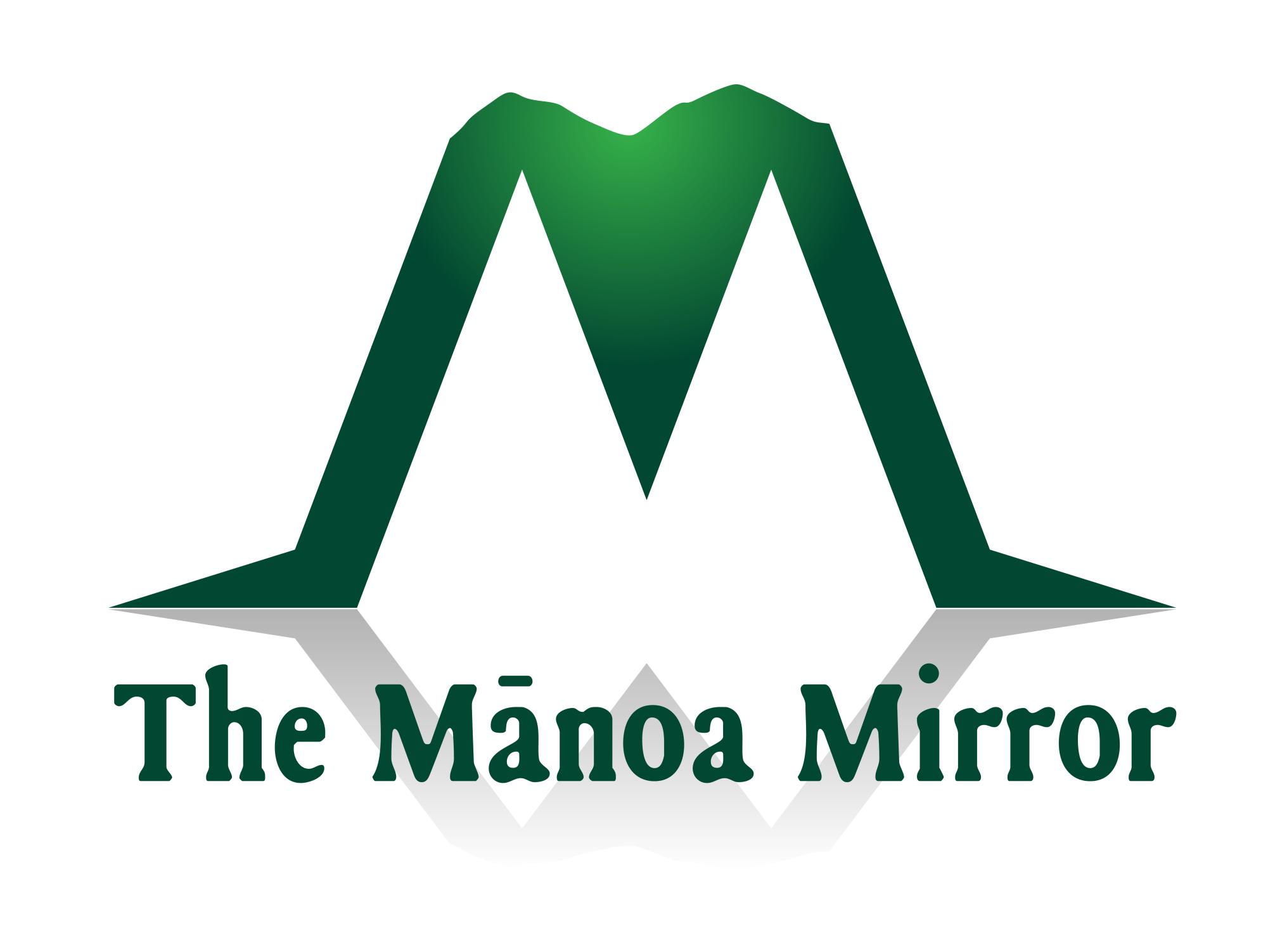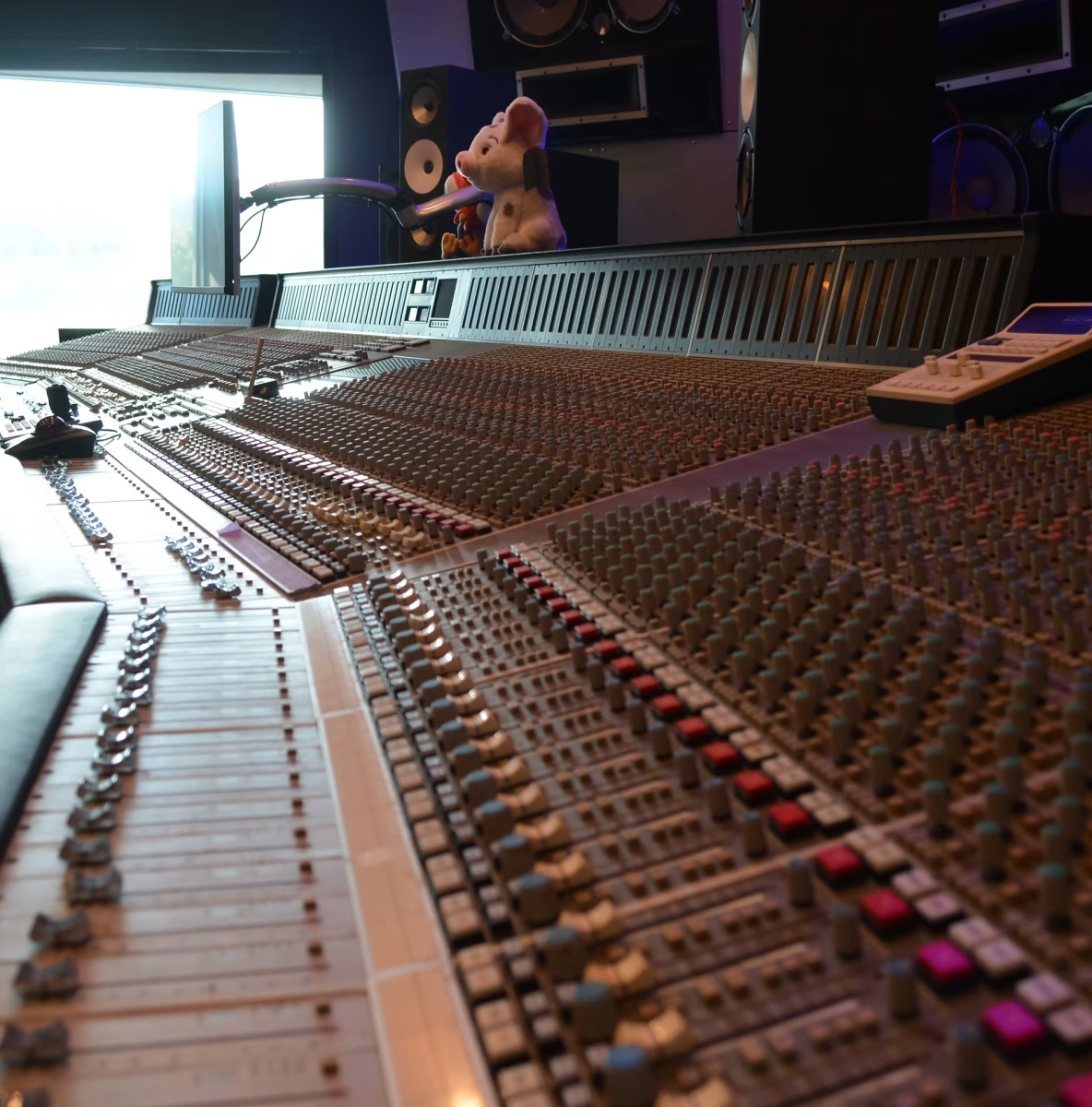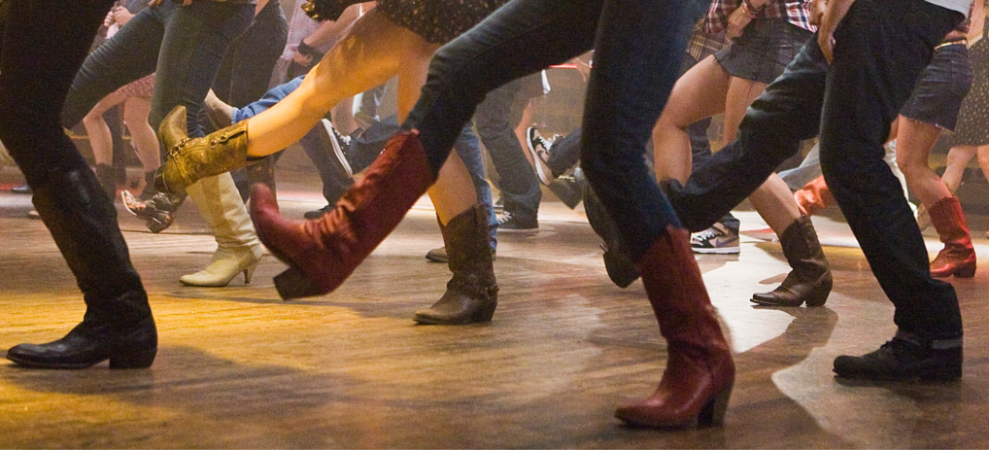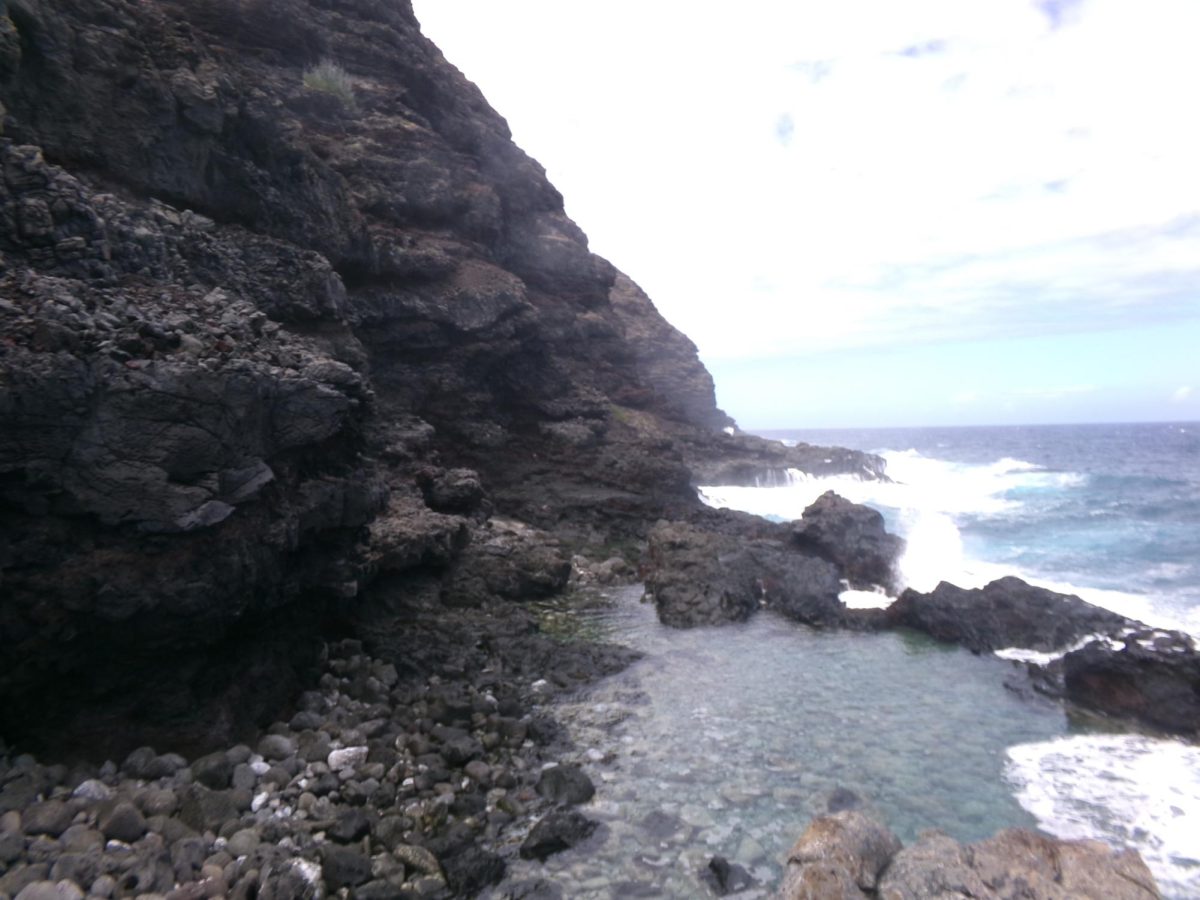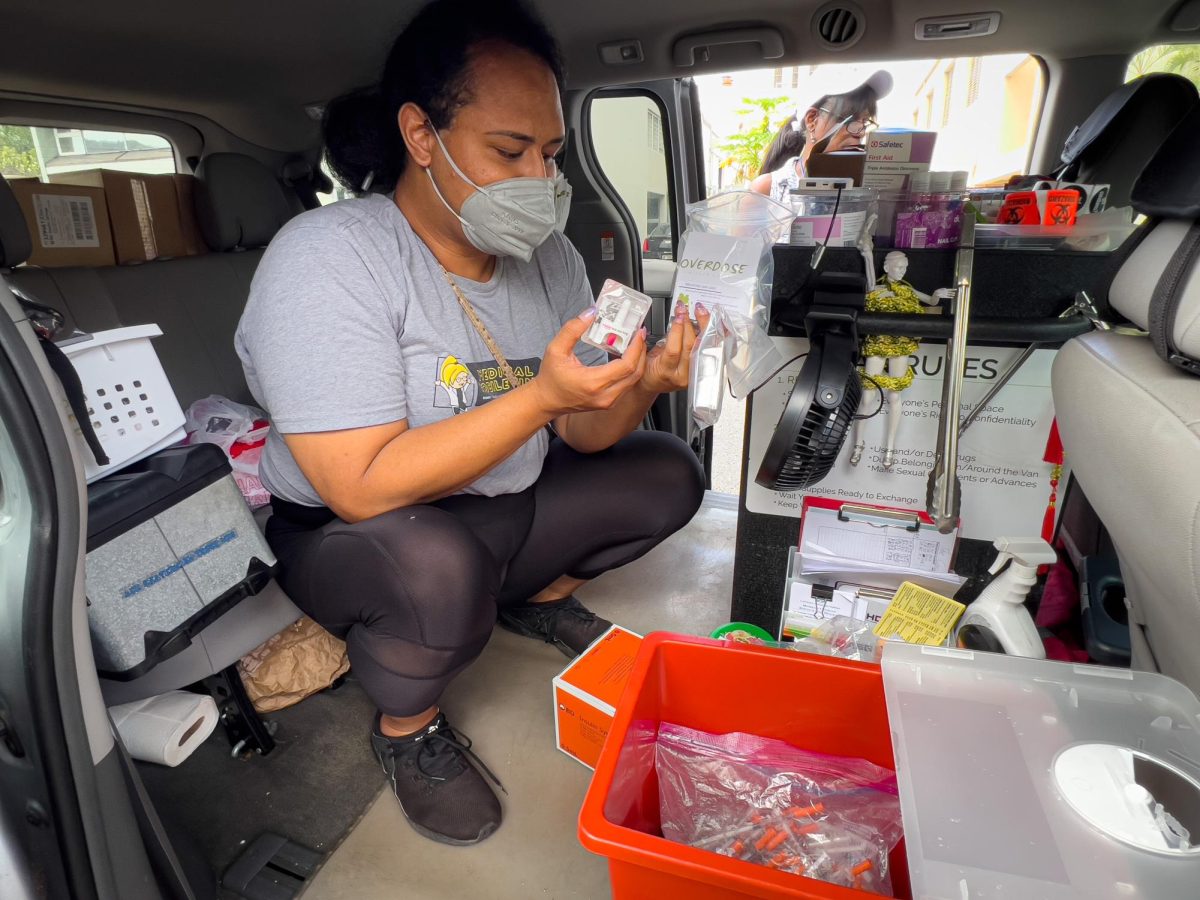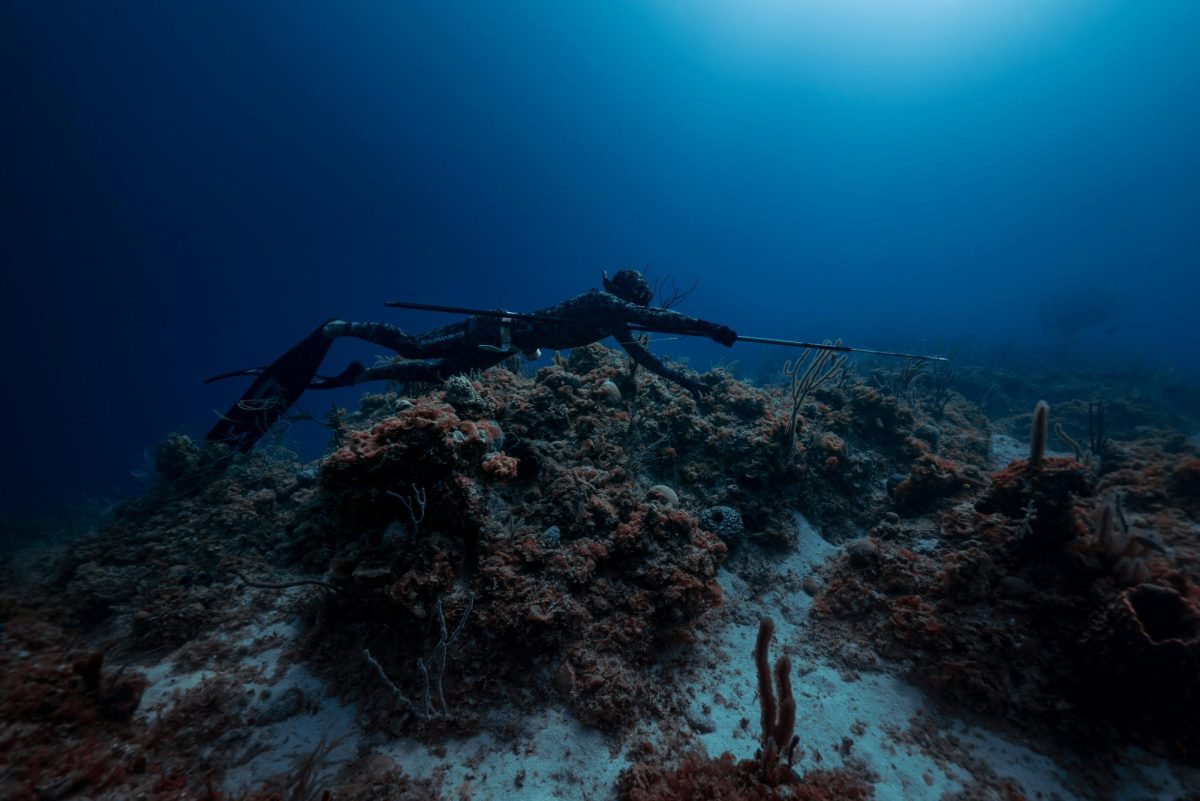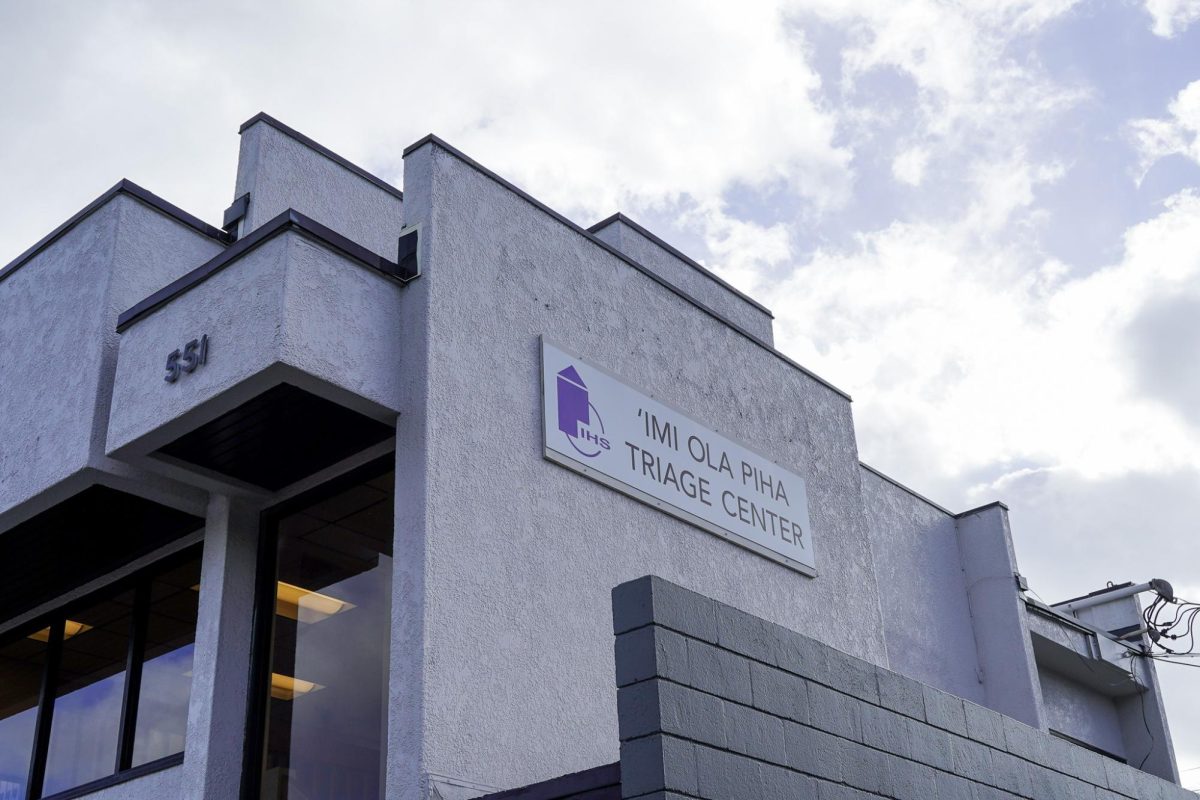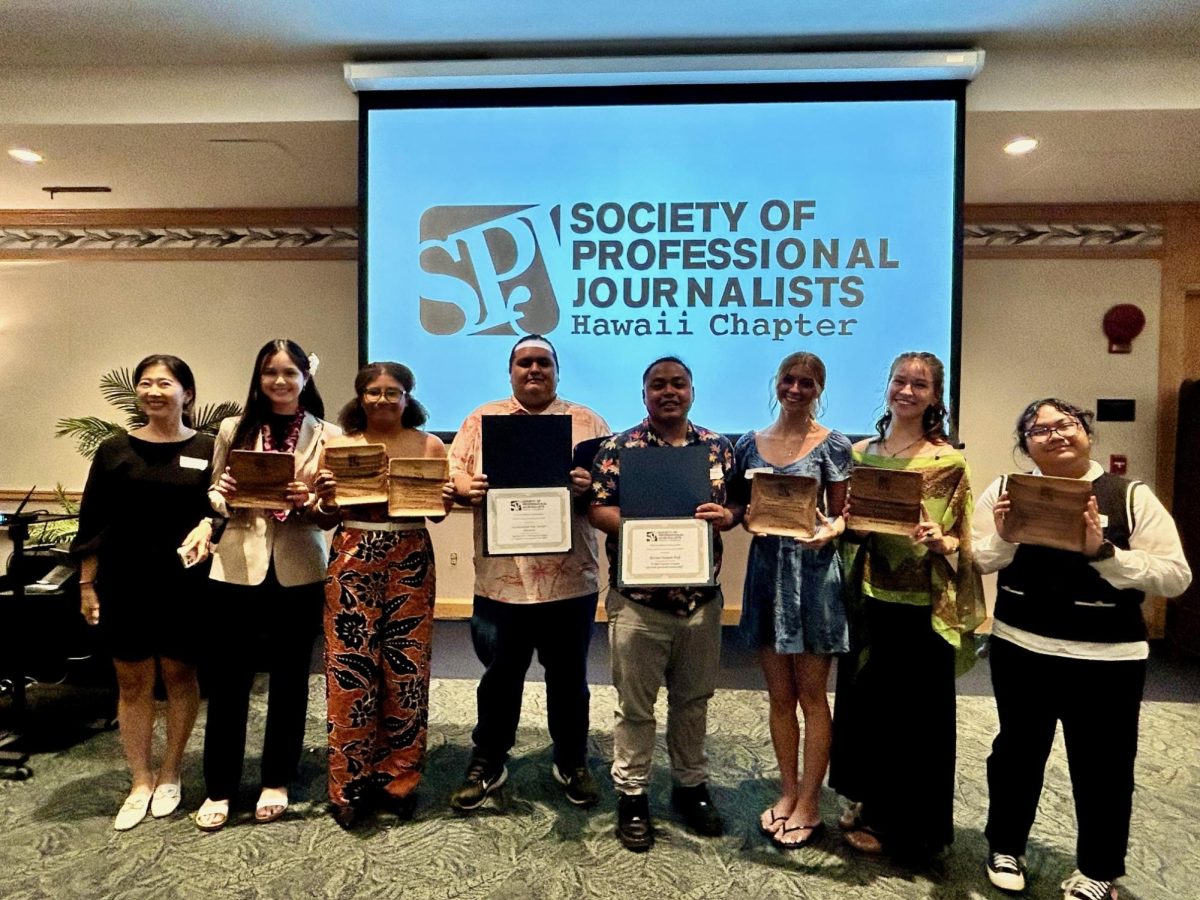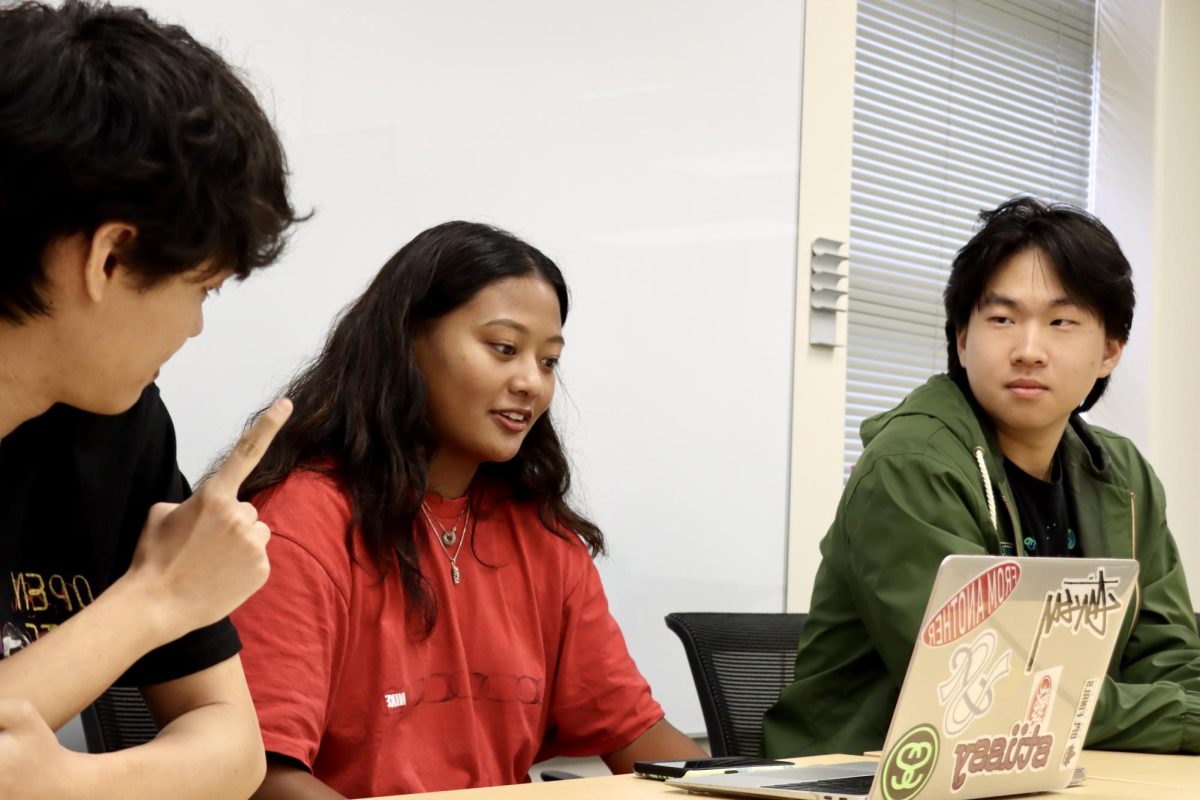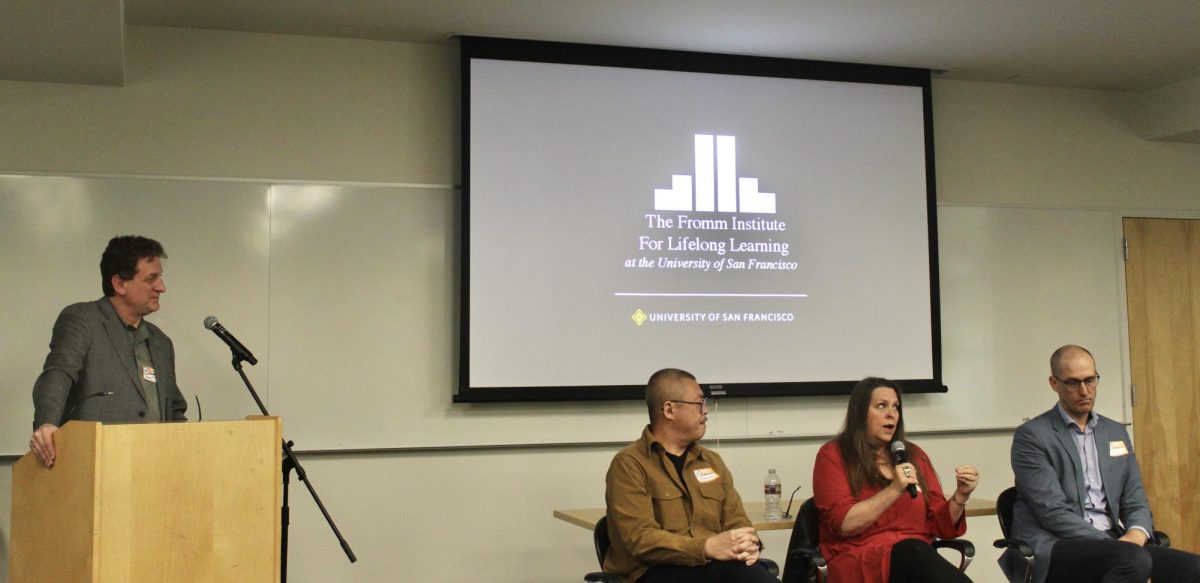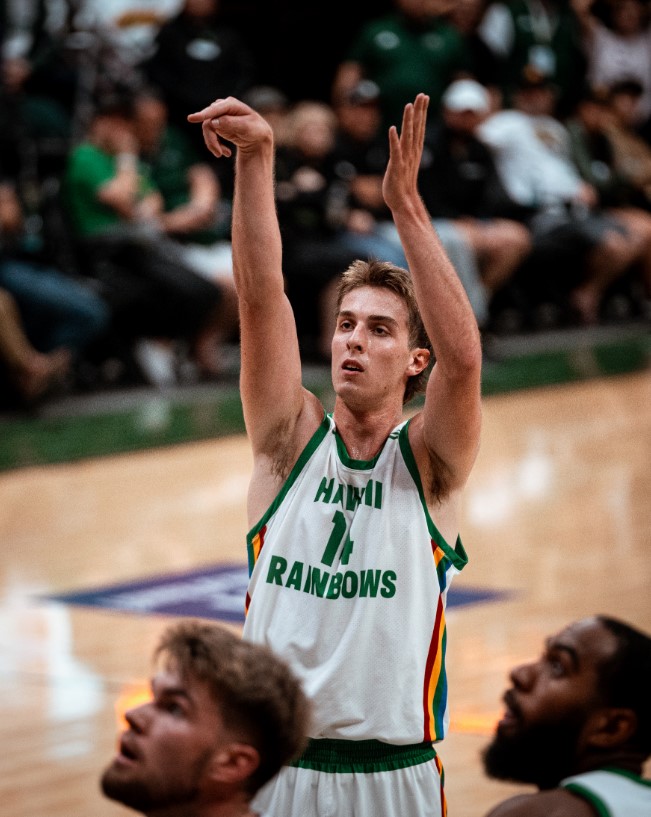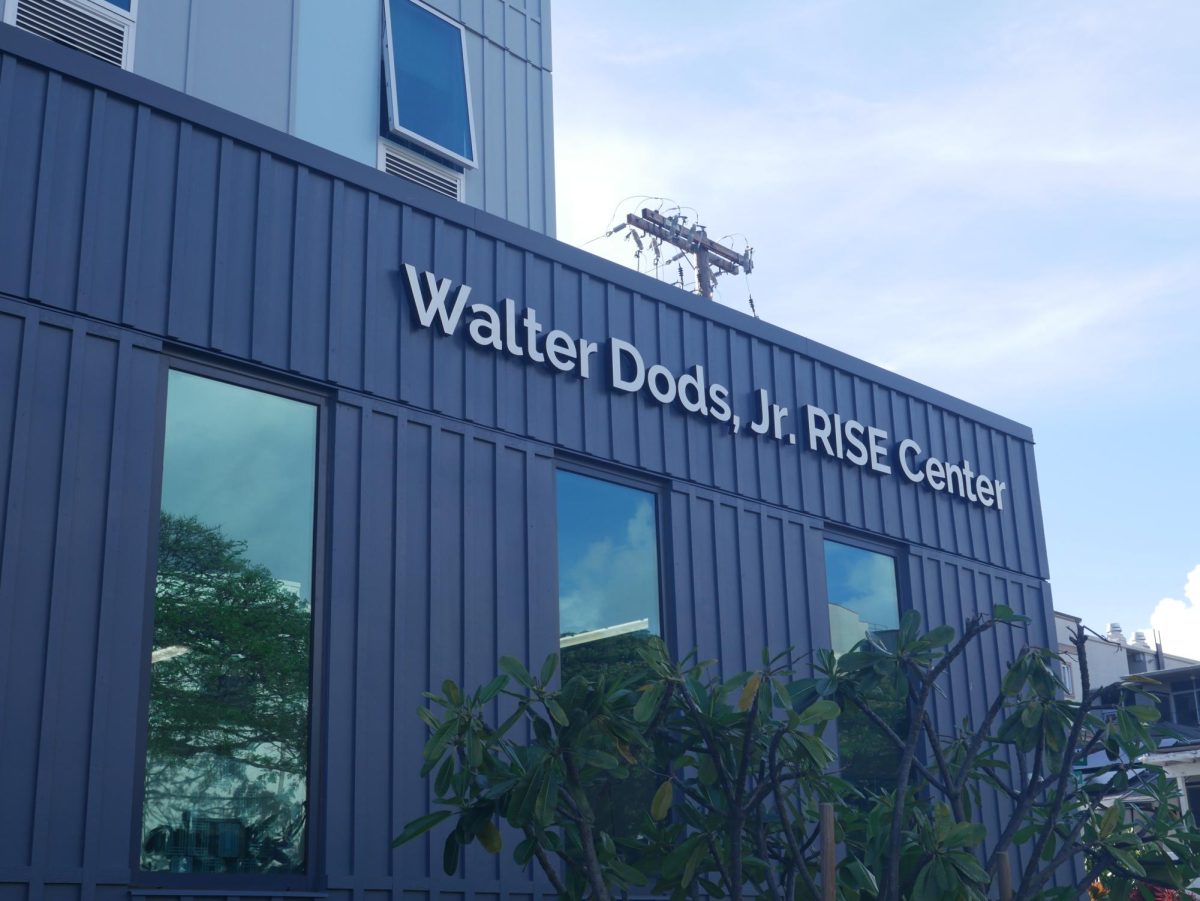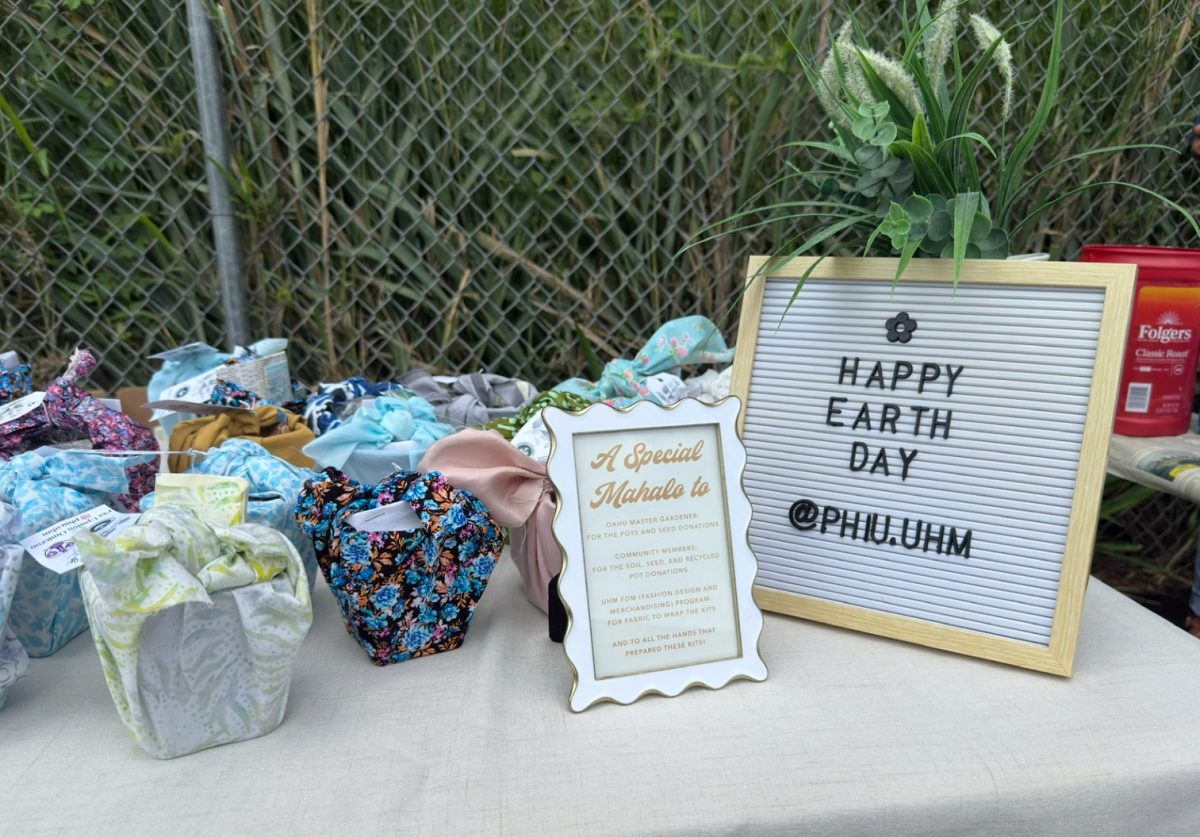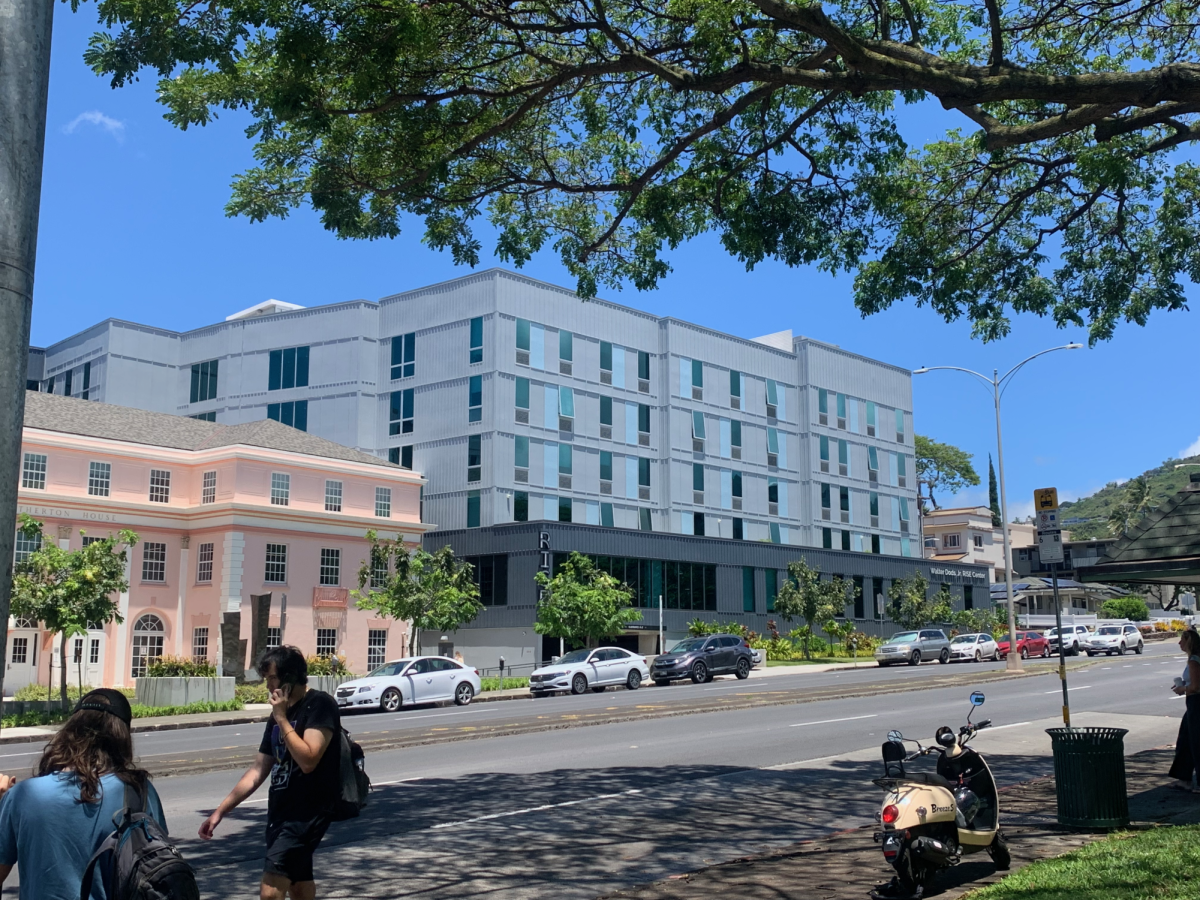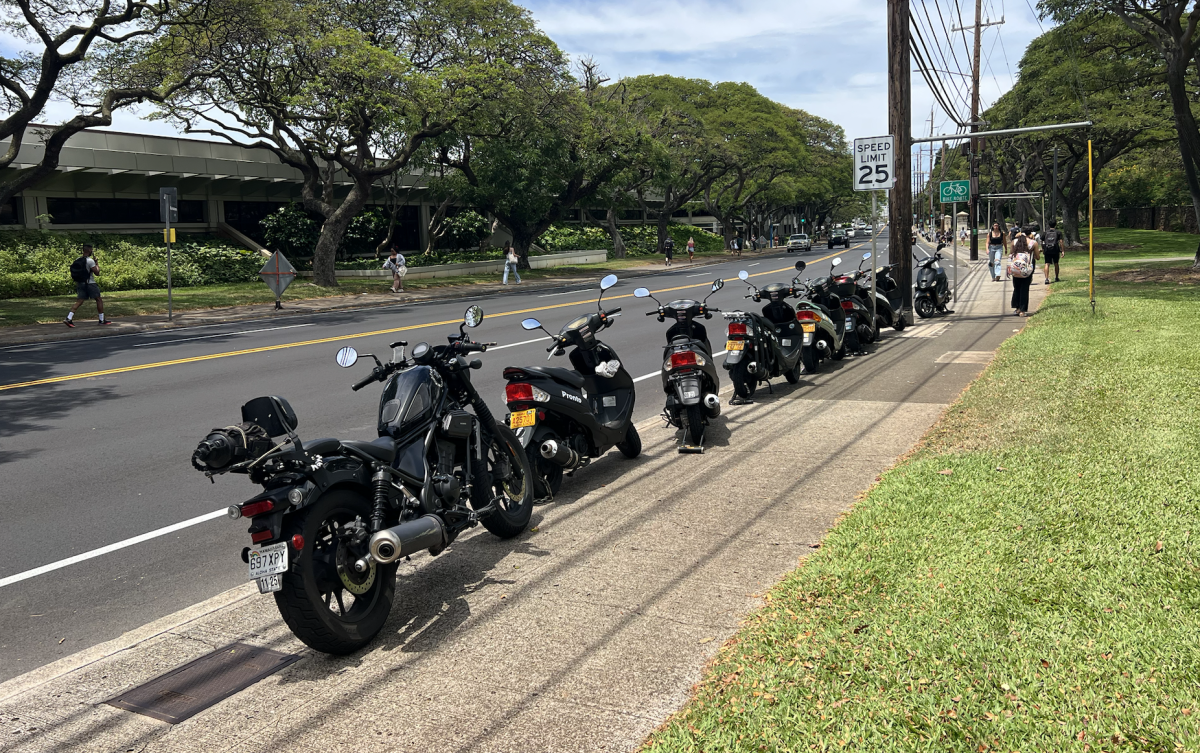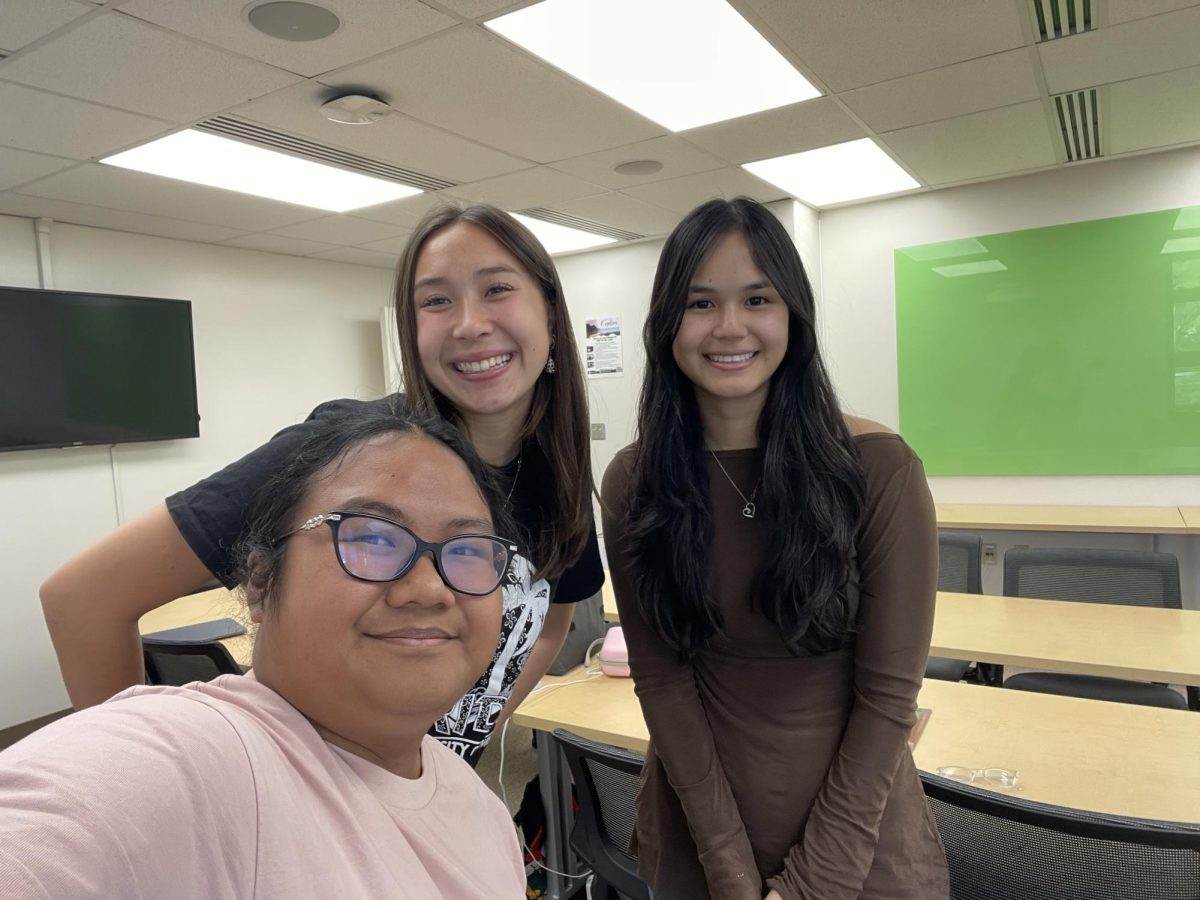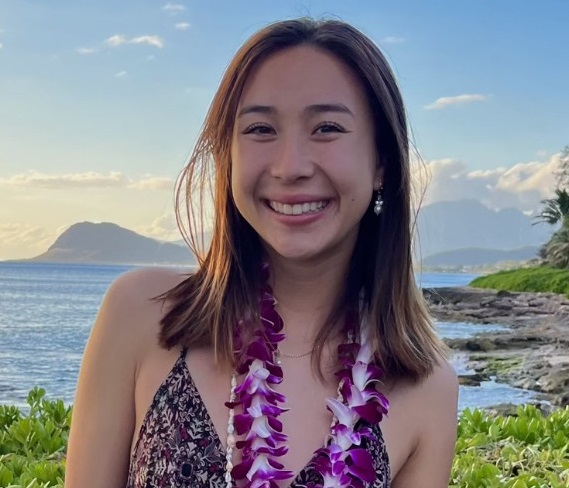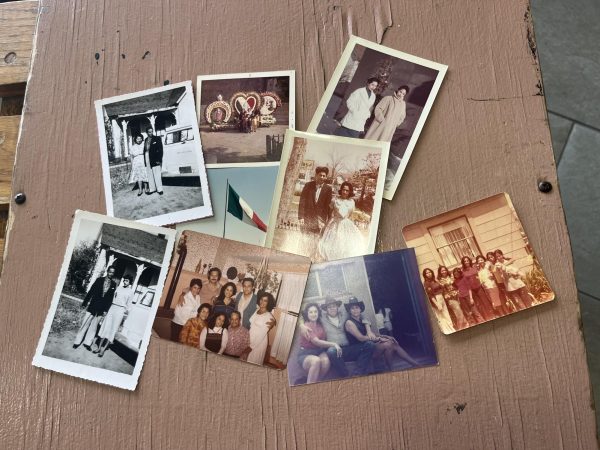
On the diverse campus of the University of Hawai‘i at Mānoa, multilingualism is not only present, but it is also celebrated. However, language revitalization efforts are still working to combat colonial influence and the push towards English.
The Kamakakūokalani Center for Hawaiian Studies, one of many learning spaces dedicated to preserving language and culture, is a place where educators emphasize the value of broadening your linguistic horizons.
Kumu Mehana Makainai Kaiama dedicates time in her Hawaiian Studies 107 class to teaching her students about language loss and revitalization regarding ‘Olelo Hawai‘i. For some of her students who have grown up speaking only English, this unit also helps to foster an appreciation for multilingualism and heritage languages.
“Language is power. Language is culture. So I always say that every language is the most important language in the place that it originated,” said Kaiama.
Unfortunately, many languages are not being passed on from generation to generation. According to the United Nations Educational, Scientific and Cultural Organization, (UNESCO), at least 43% of languages across the globe are endangered, as explained in their Atlas of the World’s Languages in Danger. In fact, research shows that language can be lost in as few as three generations.
Melanie Pakingan, a sophomore kinesiology and exercise major, has experienced this first-hand, as Tagalog was not passed on to her from her mother’s side of the family.
“In my own cultural community, I feel left out,” said Pakingan.
Being half-Hawaiian and half-Filipino, Pakingan wishes she was better able to express her Filipino identity.
“I’d like to represent both my cultures through clothes, language, and how I present myself,” said Pakingan.
Pakingan is not alone in her desire to connect with her heritage through language. Rylie Waldron, a junior journalism and sociology double major, is in the process of reconnecting with Italian, the language that her great-grandparents spoke.
“We had family documents that not anybody could read, like nobody could read them, so then I was like, I wanna be able to read it, because that’s a piece of important history for my whole family,” said Waldron.
Waldron’s father has picked up Italian through Duolingo, a language-learning app that she has used as well. However, her most serious and successful efforts to learn Italian have come from taking classes at the university level.
“Study language. Take more language classes,” said Waldron. “Language is so important – whether it’s a verbal language or a nonverbal language – it’s important and they belong in America, they belong in society.”
Dr. Jayson Parba, an assistant professor and program coordinator for the Filipino Language and Culture Program at UHM, describes this student fascination with language classes.
“Language programs can definitely build a sense of community for students and a sense of belonging, which is important for those who are seeking that part of themselves that are kind of missing in the puzzle in their identity development,” said Parba.
It is still possible to learn languages later in life, but according to a study conducted by MIT and reported on by MIT News, “it is nearly impossible for people to achieve proficiency similar to that of a native speaker unless they start learning a language by the age of 10.”
For Toni Arzaga, a senior cinematic arts and peace and conflict resolution double major, attending an immersion school from kindergarten to twelfth grade is the reason she is fluent in both Spanish and English.
“Spanish was a big part of my education,” said Arzaga. “And just being surrounded by a bunch of Latinos, my home town is primarily Latino, so speaking Spanish with them as well as practicing it with my grandma.”
Arzaga’s grandmother spoke Spanish as her first language, but she grew up during the English-only movement taking place in New Mexico.
“She wasn’t allowed, her and her siblings weren’t allowed to speak Spanish in schools or in public, so it was very much like a shame they had,” said Arzaga.
Her mother, who was not taught Spanish because of this suppression, made it a priority to send Arzaga to a bilingual school. Although not as common, her experience shows that it is possible to successfully defy the model of losing a language in three generations.
The loss of languages like Spanish, Tagalog, Italian, Hawaiian and many others did not happen gradually or randomly.
“Hawaiian was very forcefully removed from our communities, and today, we are working incredibly hard to grab that language again and preserve it,” said Kaiama.
Current university efforts to revitalize and better understand heritage languages offer a hopeful outlook for a generation that often feels disconnected from their culture. To learn more Second Language Studies at UHM, visit their website.
